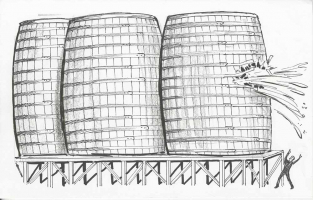Top 8 Things Pop Culture and the Media Insist on Calling Zombies
George Romero's 1968 film Night of the Living Dead set in motion a sluggish, voracious machine that would consume pop culture years later. According to the ... read more...majority of people, the zombie genre has peaked and is currently in the twilight of its relevance. However, because a steady stream of zombie films continue to be made each year and because The Walking Dead universe has expanded into a number of spin-offs, the genre, like its antagonists, will never die. The world around us is the clearest example of this, where anything and anything that even slightly references the same clichés is immediately referred to as a zombie.
-
By this point, we've seen how hastily the media labels anything that appears to be dead but isn't a zombie. This is unquestionably true of zombie frogs. However, in a funny twist, there are two distinct zombie frogs, and each one of them received its moniker for a different reason.
The one that looks a little simpler to comprehend is presented first. Have you ever wondered where frogs go during the freezing winter months in the Northern Hemisphere? So they freeze along with it. Species like wood frogs and some toads have adapted to harsh winters by becoming completely submerged in the ice. Not metaphorically, either, because the frog's body actually produces actual ice crystals. They stop breathing and their hearts halt. They will be able to thaw when spring arrives and resume enjoying their lives as long as their internal organs do not freeze, which does not happen because they can transform their blood into a form of antifreeze.
Another zombie frog, a small one with an oddly pointed nose, can be seen in the Amazon much further south. Why is this one a zombie, though? It's not as spectacular as you may assume. A German herpetologist gave them the name after noticing how similar they looked to zombies, while his colleagues combed through the muck on their hands and knees in search of the frogs.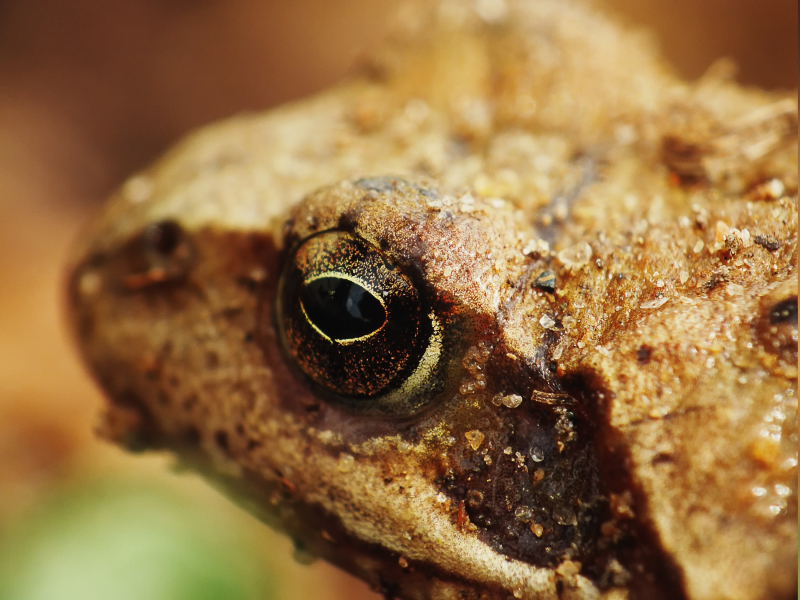
https://wallup.net/ 
https://www.etsy.com/ -
You won't hear your local meteorologist use the phrase "zombie storm" too frequently, but if they do, pay notice. Big storms typically develop into something substantial, like a tropical cyclone, before gradually dissipating as they grow weaker and weaker. A zombie storm actually does what its name suggests and rises from the dead. A storm that was once dormant gets stronger and renews as a tropical storm.
The word appears to have been created by the National Weather Service in 2020 in response to Hurricane Paulette, which appeared to be dying before regaining strength and becoming a tropical storm once more. The word appears to have been created by the National Weather Service in 2020 in response to Hurricane Paulette, which appeared to be dying before regaining strength and becoming a tropical storm once more. Although the phenomena are uncommon, a few other examples have been documented.

http://www.stevetrofatterphotography.com 
http://blog.veolianorthamerica.com/ -
The zombie fly fungus has been introduced to us after the zombie fungus and zombie flies. The worst of both worlds exists here. Spores have the ability to infect a host, in this case a fly, much like the cordyceps fungus does. As the fungus expands inside the host, it eventually gains control of its body and drives it to the point of no return, where it will perish. So far, so accustomed. But somehow things only worsen.
When a fungus dies, it exudes chemical signals that draw men. These substances entice males to mate by acting as enticing pheromones. The extremely dead, extremely fungus-infected corpse is then mated with the unwary males. The process then repeats itself once the living male contracts the spore infection. An additional unsettling twist is that as the fly ages, more enticing spores are produced, making the insect appear more alluring to males.
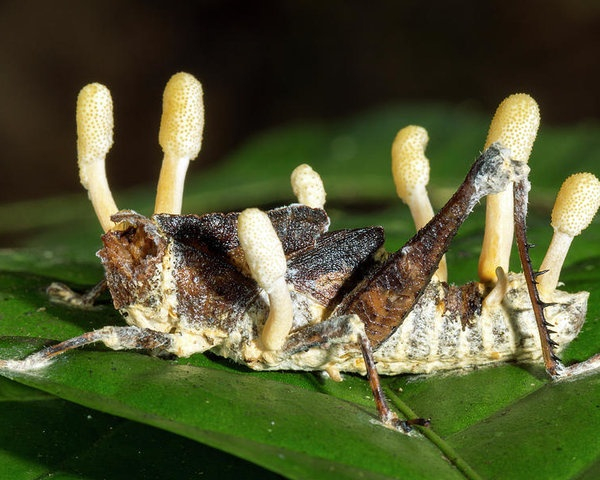
https://www.quora.com/ 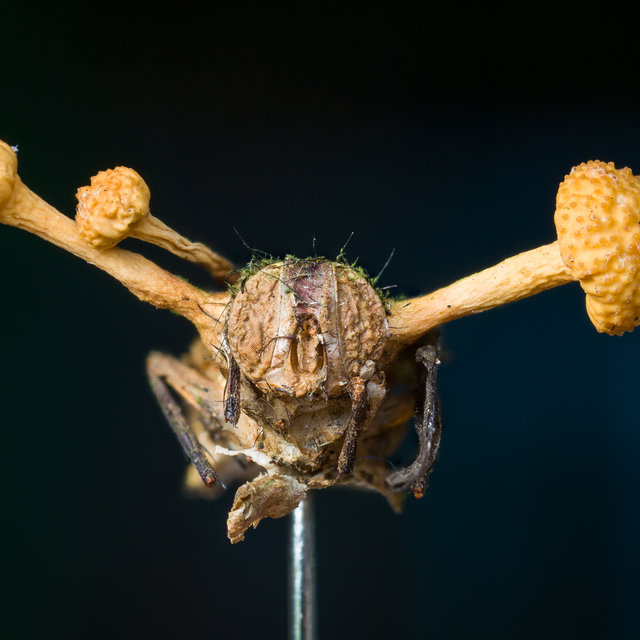
https://www.researchgate.net -
Although the threat to honeybee populations has been reported for some time, the cause isn't always known with certainty. There have been discussions about pesticides, climate change, and other topics. But zombie flies also exist.
In this situation, honeybees serve as the hosts for these flies' eggs, which hatch into larvae that kill the host insect as they grow within. The flies have been shown doing this to kill wasps and even bumblebees, but it wasn't until 2012 that it was seen happening to honeybees.
Given how extensively honeybees have been studied, it was startling to learn that they had never been observed in honeybees before. Even more astonishingly, the parasites were detected in 77% of the hives in California's Bay area when researchers went investigating after learning about them. The parasites make the bees abandon their nests and fly aimlessly until they pass away, at which point the maggots crawl out.
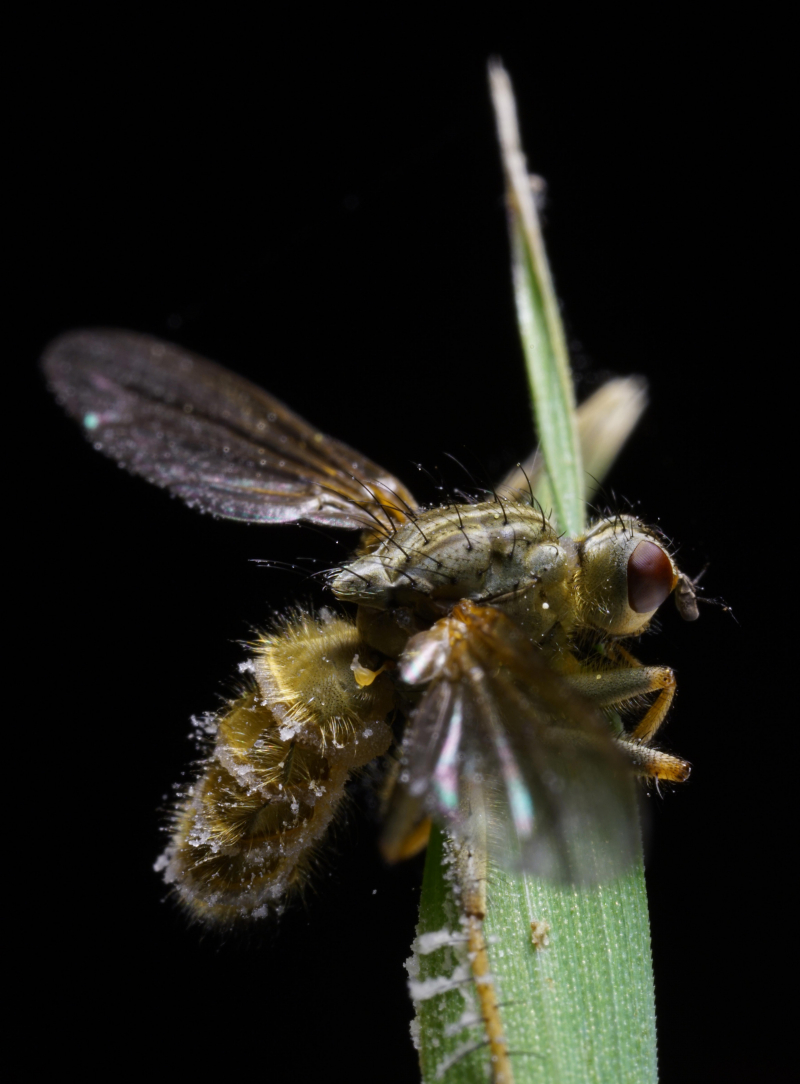
https://www.northcoastjournal.com/ 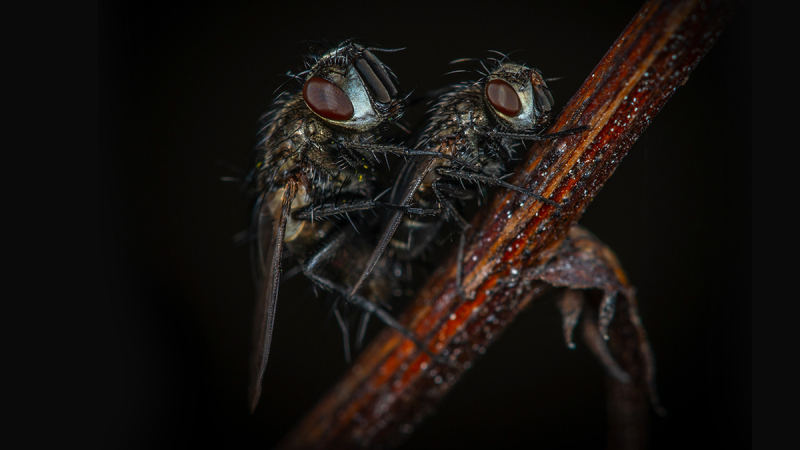
https://www.latestly.com -
Your point of view will determine whether the concept of a zombie pig sounds great or horrifying. The zombie pig's reality is a little less terrifying than the name suggests, but it does have some intriguing scientific implications. The underlying news behind the title is that scientists were able to partially revive deceased pigs' brain functions. The pigs came from a slaughterhouse and were long since dead.
However, a team that was studying human brain death in an effort to maybe reverse it was able to take those technically dead brains and bring some cellular activity back. The pigs didn't come back to life—they actually had no bodies—but they did offer a substantial insight into how death affects the brain and what might one day be done to save human lives.
Three years later, the same researchers were pushing the boundaries of what was considered to be the finality of death by reviving cellular function in dead pigs. Again, there were no walking dead pigs, but the ability to retain organs and other tissue much past the point at which we traditionally thought of death holds immense promise for future organ transplants and the possibility of saving lives.
http://animaltheory.blogspot.com 
https://ronntheman.blogspot.com -
There were certainly other zombie films out there before George Romero introduced us to the living dead. The most well-known of these was perhaps 1932's "White Zombie," which featured Bela Lugosi as a Haitian voodoo master, which made sense to moviegoers at the time. In that film, a zombie is created through evil spell casting, and when the antagonist is vanquished, his zombie is awakened from their coma.
Even Romero recognized the difference between a Romero zombie and what some could refer to as a voodoo zombie. Since he believed he had produced ghouls and zombies were things from voodoo belief, he actually avoided using the name "zombie" in his first film. In that system, a voodoo practitioner known as a boko or bokor is capable of severing the soul from the body to produce a zombie. This is more of an automaton, a slave that does the will of the bokor and can even be utilized for good rather than a carnivorous monster.
Wade Davis, an ethnobotanist, asserted in 1983 that he had discovered the toxicological explanation for voodoo zombies, abandoning the magical one. His study was then challenged for being unscientific, which may have added to the enigma surrounding the concept of what a voodoo zombie would be and whether or not they were real.
https://www.bbc.com/ 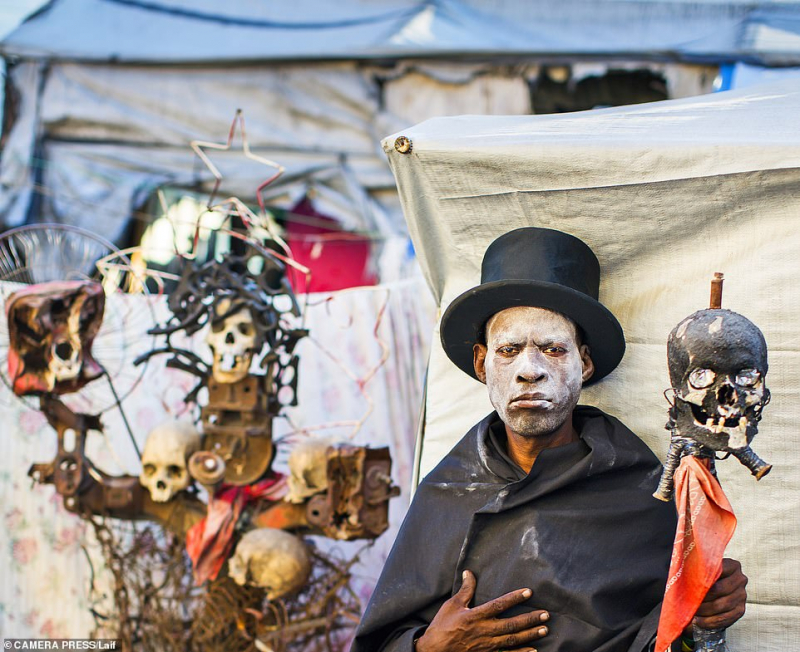
https://travelbaseonline.com -
Species of fungi are probably not very well known to the typical person. The majority of other varieties of mushrooms, aside from the ones we consume, are relatively unknown simply because most people will never need to be aware of them. However, there is a slight exception, and that is when cordyceps is involved. The cordyceps fungus, though it didn't begin in the game by any means, became a pop culture phenomena because of the well-known video game series The Last of Us. The game merely tapped into a popular concept—fungal zombies—to make money.
As articles began to appear explaining how the peculiar life form functioned, including stories in the New York Times and the Atlantic, Ophiocordyceps became somewhat of a darling of digital media and popular culture. If you missed the original wave of publications, the fungus primarily affects ants and other insects. Inside the ant, a fungus spore starts to grow. The fungus will eat as much of the insect's inside as it can without killing it as the ant continues its work.
Once it has expanded sufficiently, the fungus can then project into the ant's head and appendages. It will manipulate the ant's legs to force it to climb to a high position on a blade of grass or another suitable object. The fungus sticks the ant in place after it is in a favorable position and then bursts out of the ant's head. New spores are released to fall to the ground and infect other ants there.
Since the fungus effectively kills the ant but continues to use it and, of course, infects others from the inside out, the similarities to zombies are rather obvious. Fortunately, as far as we know, it's not complicated enough to affect humans in the same way.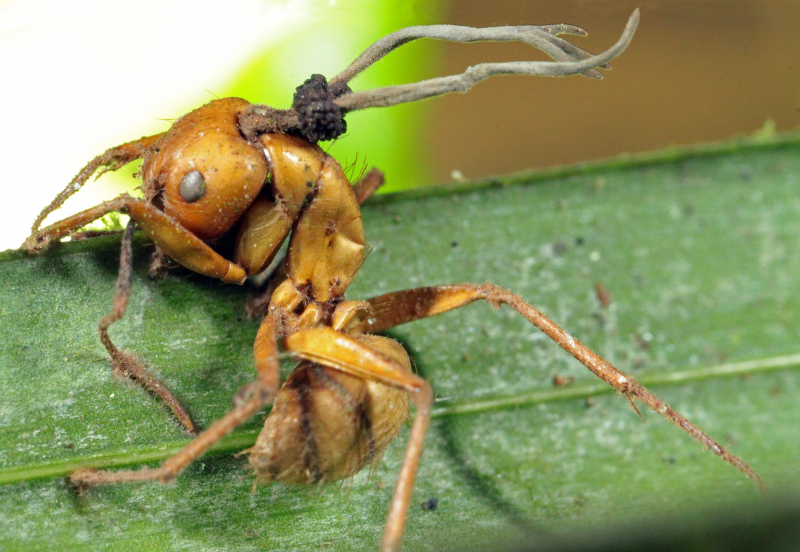
https://www.pinterest.com/ 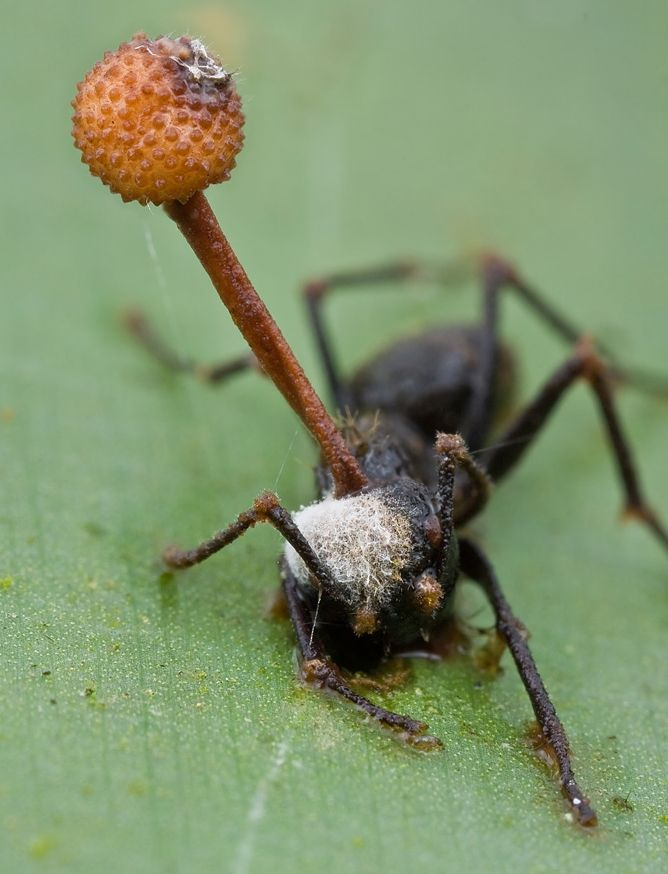
https://biol421.opened.ca/ -
2012 was such an innocent year. Barack Obama was the president, the first Avengers movie was in theaters, and the media was very certain that drug-addicted zombies were gorging themselves on the road. The rise of the famed bath salts zombies started in this way.
A man was attacked on a Miami road in the nude in May 2012. The assault was caught on camera, and it happened during the day. Rudy Eugene, the assailant, nearly severed his victim's face by biting it all the way through to the bone. He had to be shot four times by police. The episode was also immediately associated with bath salts, a relatively recent and unheard-of substance. According to authorities, it caused users to become wild, overheat, and to act violently and with more physical strength. Other tales also surfaced, albeit they were not nearly as gory as the first. In essence, they were speaking about a substance that rendered you a zombie.
Surprisingly, there was no sign of bath salts in Eugene's system when the toxicology result was released a short while later; only marijuana. They weren't necessarily attributing the problem to marijuana; they were just stumped. The articles stopped by the end of 2012, and bath salts were essentially forgotten.
https://www.pinterest.com/ 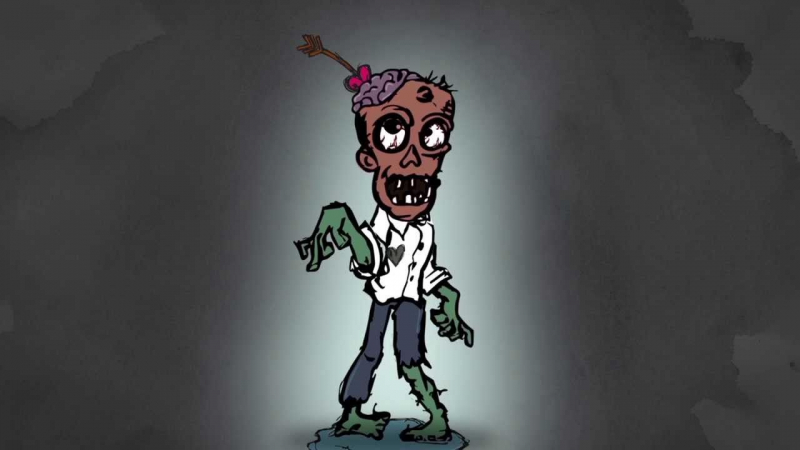
https://www.pinterest.com










